Immerse yourself in Snowmelt, the new album by Australian sound artists Seaworthy (aka Cameron Webb) and Matt Rösner, through sound, visuals and text.
When prompted, hit play on a different Snowmelt track, and soak in the sounds of the changing seasons in the Australian High Country as you read.
This written account of field recording trips to Mt Kosciuszko in Autumn and Spring touches on the seasonal shifts at altitude and how the sound of this unique ecosystem is being affected as a result of changing climate, bushfires, drought and pollution.
The Snow Gums hang in the distance like grey, spindly streaks on an abstract monochrome canvas, the late afternoon light fading. Bodies weary from an overnight flight, coupled with a six-hour drive from the bustling metropolis of Sydney. Walking the edge of a snowmelt stream, the awe of the scene presented in front of us, invigorated.
Mount Kosciuszko National Park on Ngarigo Country; the highest place on the top of this large flat ancient continent. A niche ecosystem, Alpine, in our expanse of deserts bordered on the edges by the Maritimes and the Tropics. Descending the Alpine peak, a network of shifting local ecosystems, heaths and muddy bogs that dissolve into forests and woodlands, traversing in an easterly direction for 150km to the coast.
We are here to document the acoustic environment of these fragile streams, valleys, peaks, and forests. Microphones to capture sound, much in the way a landscape photographer uses the lens, but instead of images the outcomes are audio files, the basis of new compositions, distilling a snapshot of the landscape at a particular moment in time, preserving sound for the future.
It’s late March, on our first trip in a two-part assignment to record the natural sounds of these niche ecosystems in seasonal transition, first in Autumn followed by the proceeding Spring.
This special place is in constant seasonal transition, but also under threat from externalities. Climate-induced temperature increases, bushfires and drought, feral species, and pollution. Not just the pollutants of plastics, but also the pollutants of manufactured sound.
Moving slowly, positioning hydrophones on flat rocks under the running surface of the water, a wide screen wash of white noise, drawn into a multi-dimensional, microtonal world of percussive clicks and pops, set against bass drone. And above the water, semi-quietude, a distant bird call and slight breeze through the gums and low shrubs. We head for the peak.
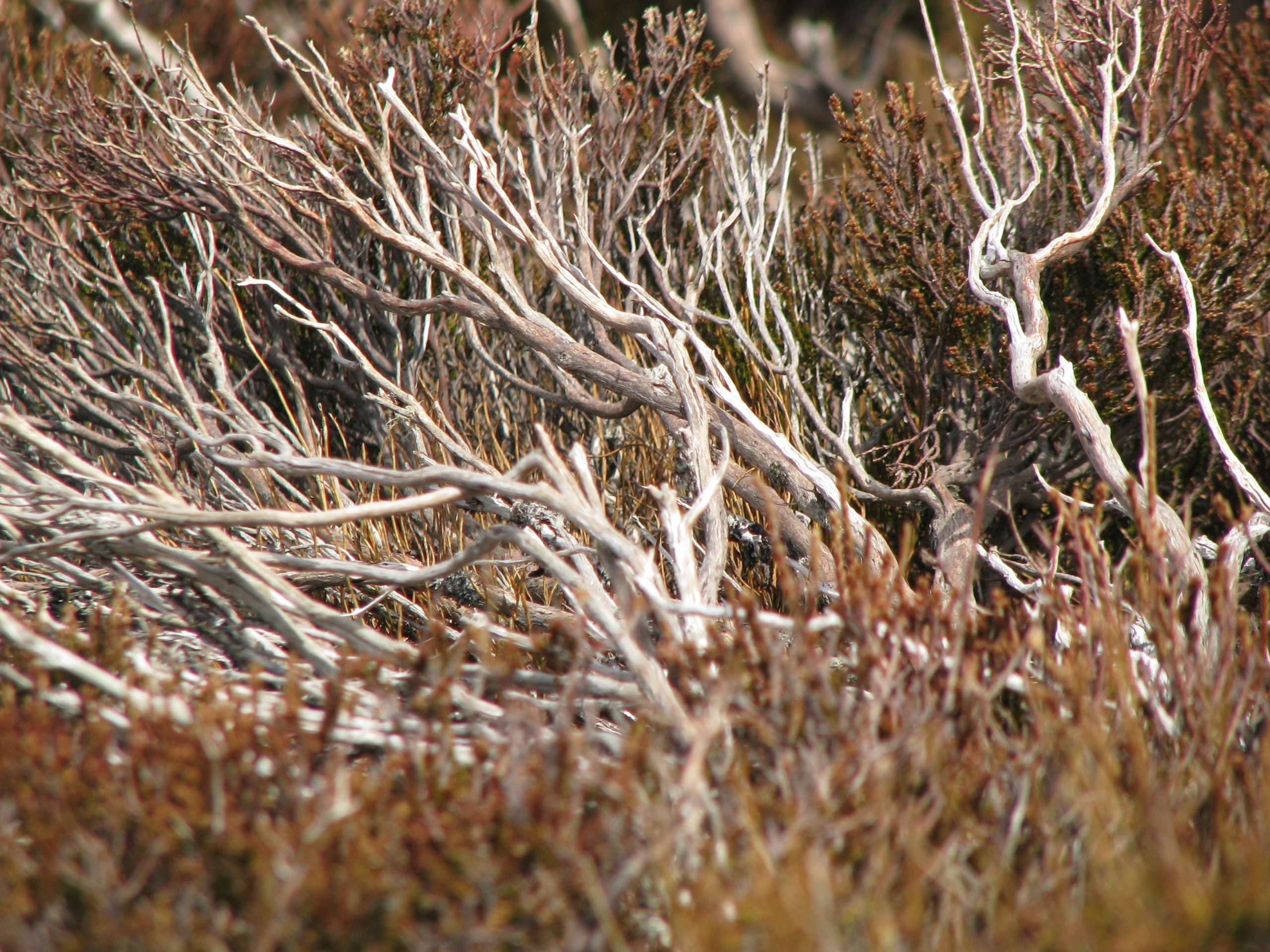
The wind dominates the sound at Charlotte Pass, elevation 1837m, the climate station here recorded Australia’s lowest ever temperature, twenty-three below zero Celsius, on June 29 1994. But at altitude, wind can be localised and highly variable, leading to moments when the peaks seem to be on mute. Ice frozen thick dampens the natural sound. It is an inhospitable place, but Australia’s flora and fauna have adapted to the Alpine region’s conditions. Low-growing plants cling to cracks and crevices in rocky outcrops. Some marsupial species have developed adaptations that enable them to survive under boulders and shrubs that protect them from the snow above, the sub-nivean space. Frogs shut down and survive the frozen swamps.
The occasional distant bird call can be heard on the frozen peak, alongside the crunch of footsteps on the ice. A little down the slope, the winter sounds of ski lifts and human activity jolt the aural landscape. Like the local fauna, we afford the ski season disdain and keep clear. It’s increasingly hard to find places on the planet where one can hear Nature’s true unaccompanied sound, and when one does actively listen without the noisy human interjections it triggers a deeper empathy with wild spaces, ultimately a positive influence on one’s outlook.
Spring brings the melt, and the aural world is energised, first by small droplets, then a stream, vein-like across the ice face and finally, collapse. Huge slabs slipping down slopes, broken as they fall.
Clues to what the summer world will look like are frozen in the steams that run from the peak. Crickets and other insects, grasses, seeds, and debris, hang in suspended animation. Walking across the precariously thin and thawing ice sheet that covers Betts Creek, left foot breaches the surface. The instant rush of the freeze and its impending numbness. Just keep moving, the recording gear is thankfully dry. Let’s hope it stays that way. Creek crossings are infused with much more hesitancy than before.
Spencer Creek late one night in the Spring, in position under a bridge. The midnight wind blasts the concrete structure, roaring underneath it, ringing high-pitch microphone squeal. The fast-moving melt stream is aided by the wind, its reverberation and clatter under the water shifting vast quantities of rocks, small-scale glacial actions. Above the bridge, on the roadway, metal signs worn loose from their attachments by alpine winds and the annual freeze and thaw cycles creak, and clang.
Listening to this soundscape in the dark, layered against the steam train wind with eyes closed, one is instantly reminded of the temporal shifts at altitude. The weather changes rapidly. Earlier in the day the sun warmed the slopes, continuing its assault on the decaying ice mass. Now, enveloped by a widescreen black sky, the temperature has dropped, falling further with the aid of the slicing wind. The melt brought on by the sun is halted. It’s a temporary reprieve as the sun will have the ultimate victory over the ice in the late spring, the Southern Hemisphere tilted closest to our fireball star.
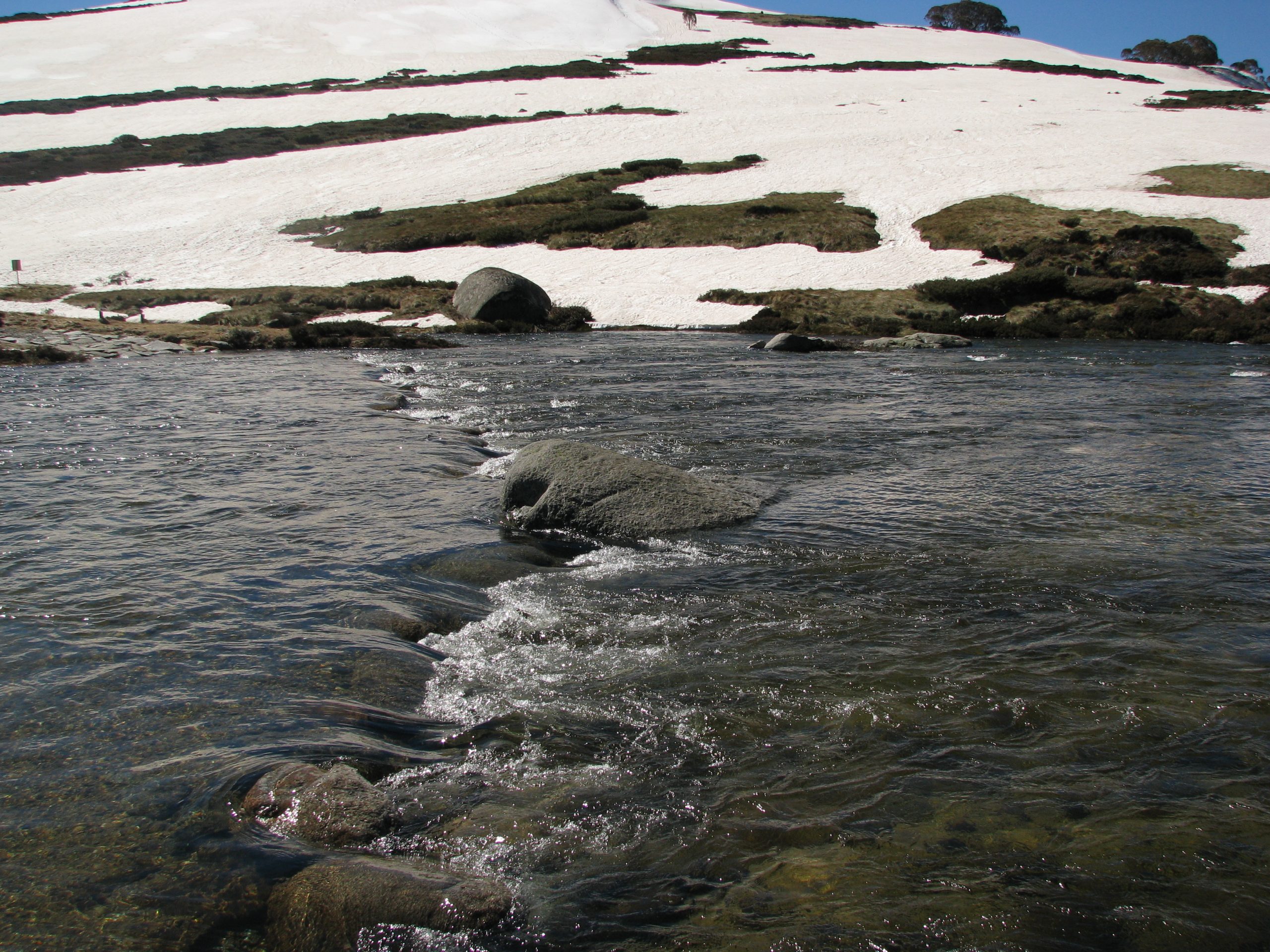
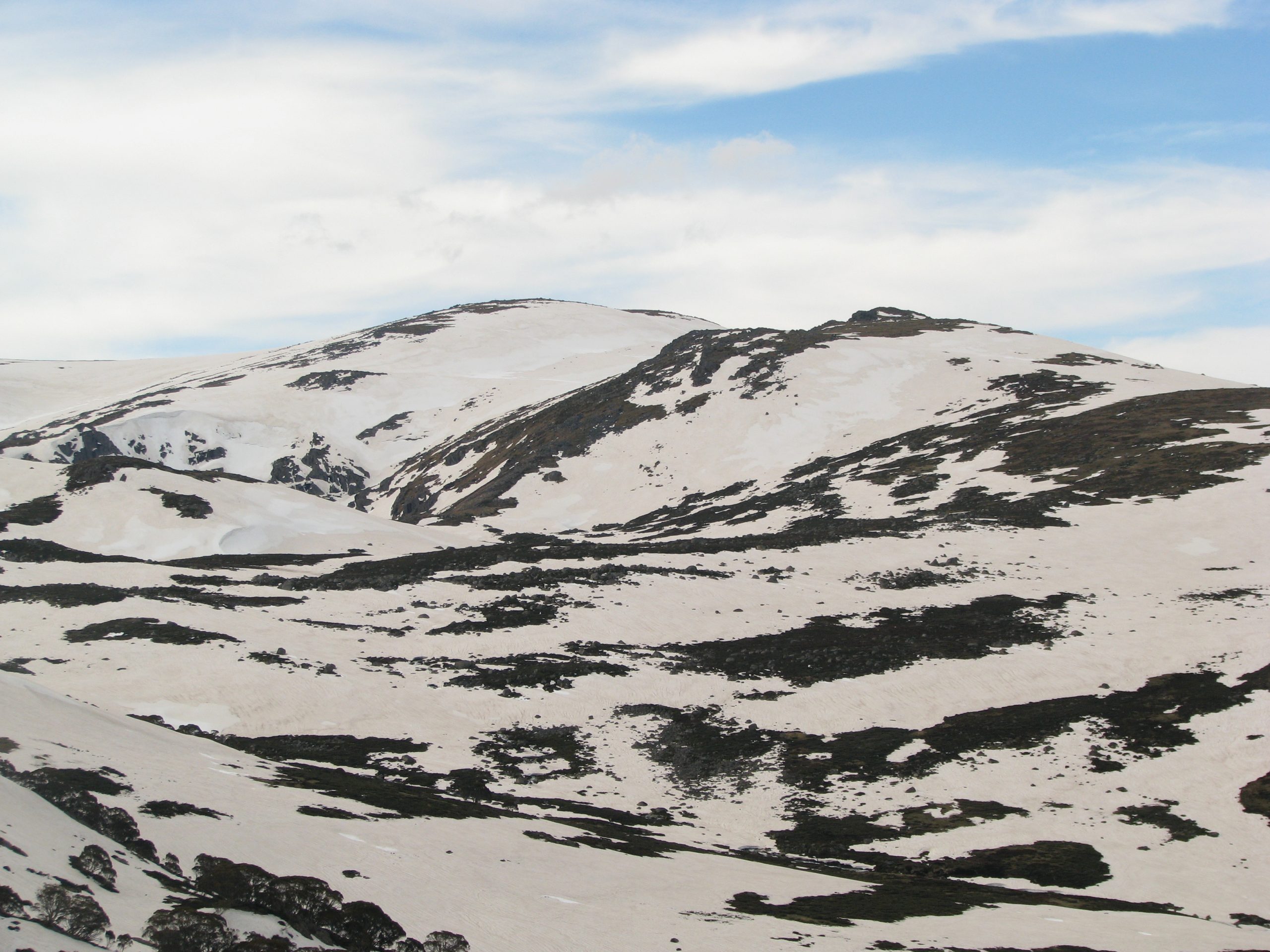
The melting ice runs into the Snowy River, an icon immortalised in Australian folklore by the bush poet Banjo Patterson in 1899. But in the mid-century, the river’s course was dammed and altered by the Snowy Hydro Scheme, the largest engineering project in this country’s history delivering hydroelectric power and water for irrigation.
The “Snowy” brought social change to the country and irreversible change to the local environment. But it is also constrained by it.
Alpine topography plays a part in some melting ice not reaching the larger creeks that feed the Snowy. Cut off from tributaries, these streams of melt gather in flat valleys, creating soaked bogs. Heaths form at bog edges; first a maze of sedges, grass and then smaller shrubs as one traverses up the valley sides.
Topped up by summer and autumn rains, the bogs are thriving amphitheatres for alpine wildlife. Frogs, insects, and birds are quick to take advantage of the warmer months.
In late March, the Rennix Heath rings with frogs, its microclimate of clean water, abundant insect populations and thick grasses their ideal habitat. We hear a range of different frog vocalisations. Each call unique to the individual species, some drawn out sustained croaks, others incessant mid-range pulses. The activities of the frog are tightly coupled with temperature. In the cooler months they lie silent, and the heath soundscape consists of the weather’s tune, wind through the grasses, rain, snow and running water.
Insects follow the same patterns. Various grasshoppers, moths, flies, mosquitoes and butterflies are dormant over the winter, returning in late spring with the hotter temperatures, creating a dense sonic understory of blips, pulses and waves.
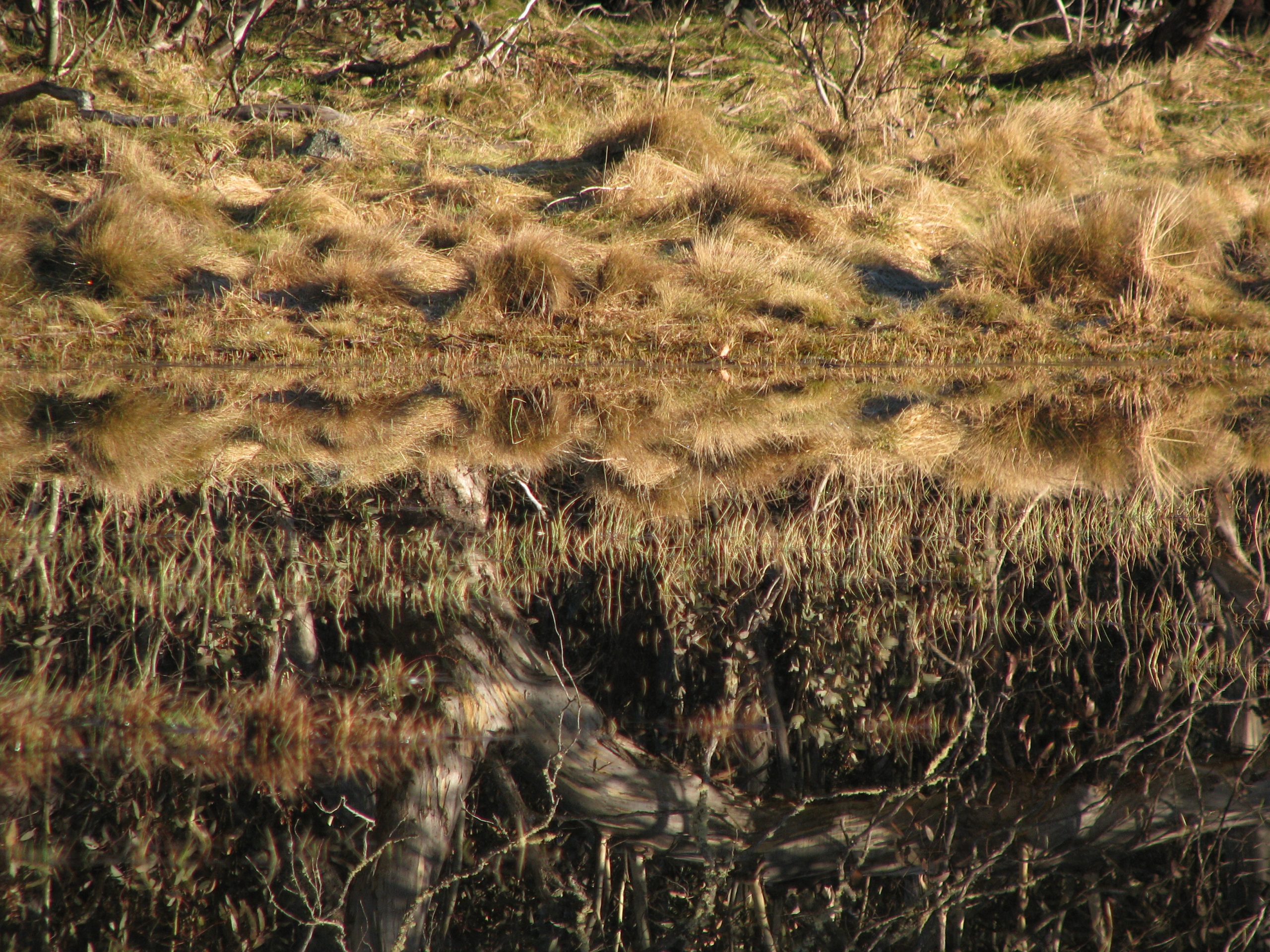
Evolution creates exceptions, and in Kosciusko National Park one exception is the Bogong Moth. Bogong Moths appear as a huge moving black mass, migrating to the Alpine region in early summer.
They shelter in cool rock crevices and caves to hibernate through the summer, escaping the heat of their lowland habitat.
Marsupials such as the Mountain Pygmy Possum devour bogongs during migration and before hibernation, the moth’s high fat content a vital food source. The surrounding Aboriginal nations also feasted on the Bogong Moths with a large enough bounty to sustainably satisfy all surrounding nations. The annual moth migration was also an important gathering for cultural dialogue and trade between the separate Aboriginal nations.
The Bogong Moth population is at risk due to more frequent droughts impacting the grass populations where they lay larvae. In turn, the Pygmy Possum, the size of an average mouse, is in rapid decline in response to decreases in the Bogong Moth population, its main food source, along with predation by feral cats and foxes and habitat loss.
Hours can be spent, day and night, traversing the heaths and bogs, recording the sound world above and below the water. Sometimes it can sound dense like a cacophony, competition to be front of stage at Nature’s Auditorium. It’s a little quieter under the water, the hydrophones in the shallow bog pools picking up the pops, crackles, fizzes of the micro-organisms operating under the surface, archaic yet alien transmissions.
At altitudes around 1200m, the high open slopes give way to eucalypt forests, quintessential Australians. The tall trees’ bark is a smooth tan background, overlayed by grey strands, bone dry and shedding. Like a lot of Australian eucalypt species, these trees have evolved to survive bushfires. however increasingly severe and frequent fires driven by a changing climate are challenging the forest’s natural defences.
Entering via a clearing, freshly dug wombat burrows, like landmine scars. The wombats are nocturnal, but in this early hour could we observe one heading back from the night’s activities? The earth here is rocky, wombats strong and efficient diggers. People change the environment, animals too. But our clumsy attempts lack the finesse of native animals.
In a little from the forest boundary begins the understory. Bark, leaf litter, branches, all slowly decaying. In the post dawn, before the days wind begins, footsteps crack bark and branches, tracking across a slow decline, down into the denseness. Ants and beetles have started their days’ work, turning waste into valuable nutrients to feed the future forest.
Birds control the forest airways, the dawn chorus thick with calls from cockatoos and rosellas, a bickering squadron of tree nut eaters. Wrens of various types are prevalent in the understory, skittishly flying under branches, emitting their signature high-pitch tweets, pinging their kin. High above all else slowly circle birds of prey. Kites, eagles, falcons, and harriers. Quiet. Their presence prompts caution among those below.
There are kangaroos and wallabies, expertly, instinctually moving in the distance. Their motions crunching, giving away their location, but the great grey coats seamlessly blend in among the rocks, grasses, and Snow Gum trunks.
As the morning sun advances, the sounds of insects return to the soundscape, persistent clicking morse code-like, occasionally interrupted by the buzz of rapid wing movements from a nearby bee or fly.
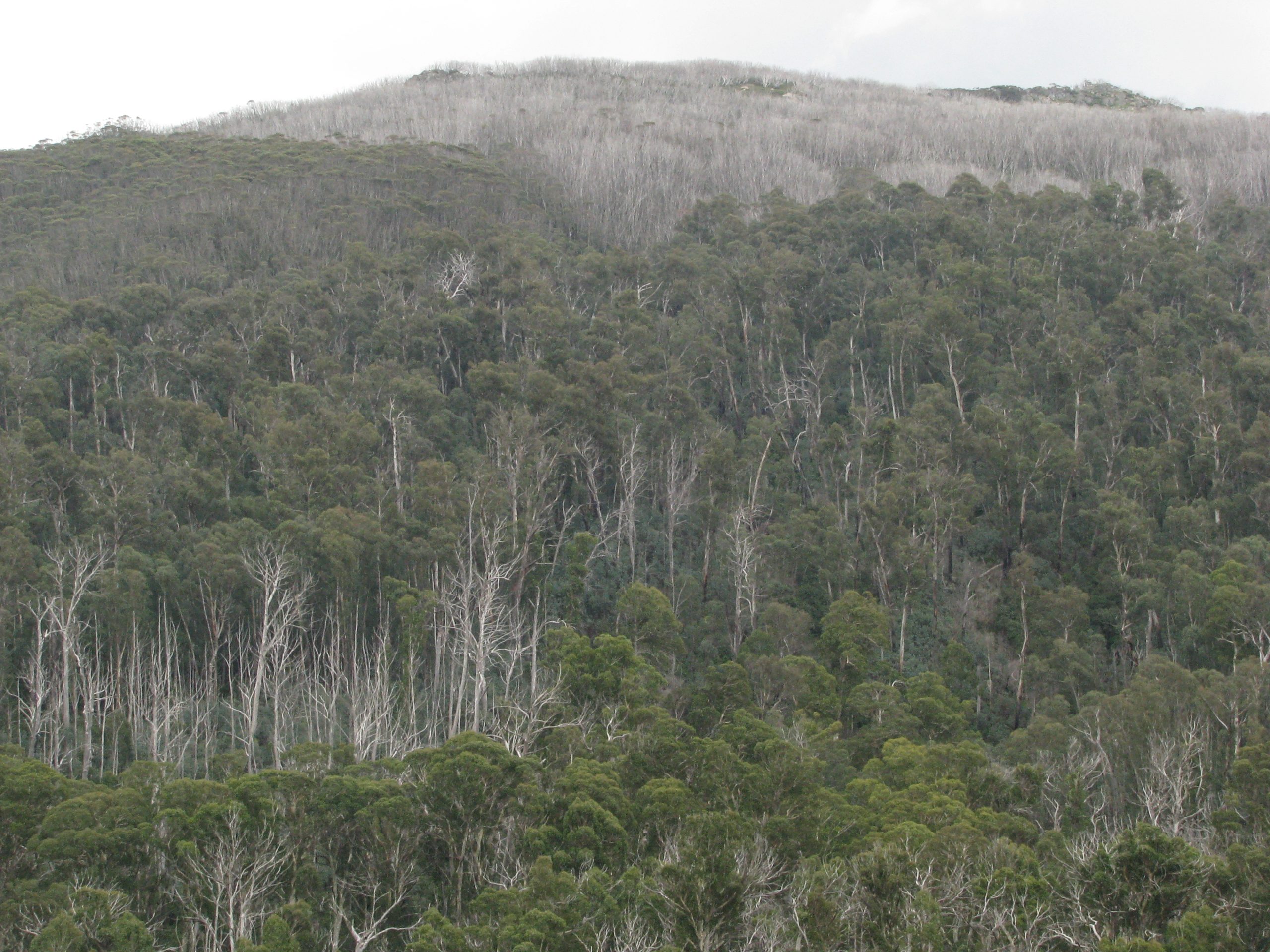
The forest reverb is a special phenomenon, one wonders what it must have been like for the Aboriginal peoples that first inhabited these ancient forests. Auditory senses are imperative when visuals are flooded by the dense trees. Green, grey, brown, and tan blend together. They may have learned to read the forest through sound.
Through the left microphone a bird call, a second ticks by, the corresponding call far off in the right microphone. The wonders of stereo. Are they the vocalisations of a pair, what message do they transmit? Did their calls change when the first people set foot here in the ways that the sounds of modern animals change when a freeway or a suburb takes over their habitat.
The cabin – it’s freezing cold in late spring, comfort when considering how cold it must be in mid-winter. The floor and walls struggling to keep the cold out, bodies mile weary. The day’s recordings are catalogued and stored securely, then listened back to on headphones and through a small amplifier.
Starting to piece together loose guitar improvisations, long pedal chains and electronics, against crackling hydrophone, blasting wind, dense heath, and ancient forest. Cold fingers on steel strings. In the battle against the draughts let in through unsealed doorways and windowsills, productive evenings spent in the dull light recording the instrumental accompaniment to landscape, sublimination of a time and a place.
If nature is a set of interconnected systems, each evolved to carry out a function which over time subtly changes, then our assembled musical system in the cabin is analogous to Nature. In the same way that moving a microphone to a different position relative to the amplifier or adjusting an effects pedal setting alters waves of sound, so too increasing temperatures, droughts, bushfires and feral species invasion alter the balance of natural systems that evolved over millions of years.
Everything in nature is in flux, subject to constant evolution. However, it’s the acceleration brought on by the Anthropocene that is causing a shift in equilibrium. Our last remaining wild spaces are threatened and field recordings from them feel in some way like a short-term sonic time capsule to remind us of what was once there, not in planetary timescales but rather a portion of a human’s short life.
The next morning, driving across the flatland and back to humanity, the unique Alpine habitats seem a world away from the fenced plains and small rural towns, but they are absorbed into our sonic and visual memory. The great wild spaces must be protected, and a high price placed on their conservation. If not, we face a future full of the inescapable sounds of freeways, air conditioning drone and high voltage transmission hum, despairing for the sound of what nature used to be.
Words, Photos, Sound by Seaworthy and Matt Rösner
Seaworthy (aka Cameron Webb) and Matt Rösner are Australian sound artists based on opposite sides of the vast continent – Webb on the east coast in Sydney and Rösner on the west coast on the outskirts of Perth.
Over the years the two have collaborated on two albums for 12k, the renowned record label based in upstate New York. The first record, Two Lakes, released in 2010, features recordings of fragile coastal ecosystems on the south coast of New South Wales that were subsequently damaged by bushfire in the summer of 2020. The second record, Snowmelt was released in 2020 and was recorded in the Mt Kosciuszko National Park, part of Australia’s threatened Alpine habitat.
The duo’s ambient sound is a unique combination of field recordings, guitars and electronics that seamlessly merge to encapsulate the sounds and colours of a landscape, time and place.
When not working as on sound compositions, the duo spend a lot of time immersed in the outdoors contemplating landscape and ecology, with Webb holding a PhD in Environmental Science and Rösner working as an Engineer developing new systems in Agriculture.

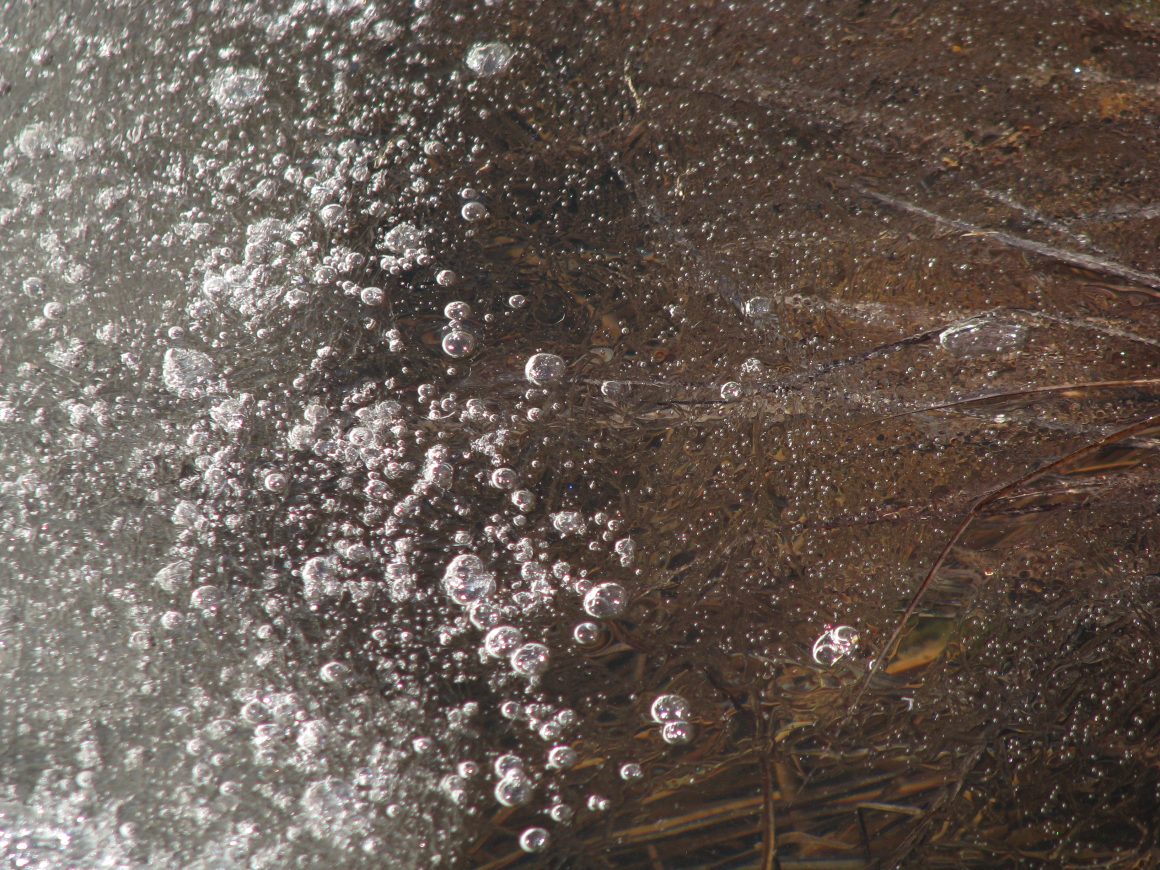
Leave a Reply